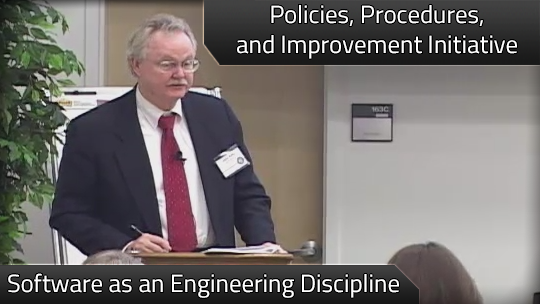Standard Check-Cases for Six-Degree-of-Freedom Flight Vehicle Simulations
Discipline: Flight Mechanics
Original Webcast Air Date: April 21, 2015
The rise of innovative unmanned aeronautical systems and the emergence of commercial space activities have resulted in a number of relatively new aerospace organizations that are designing innovative systems and solutions. These organizations use a variety of commercial off-the-shelf and in-house-developed simulation and analysis tools including 6-degree-of-freedom (6-DOF) flight simulation tools. The increased affordability of computing capability has made high-fidelity flight simulation practical for all participants.
Verification of the tools’ equations-of-motion and environment models (e.g., atmosphere, gravitation, and geodesy) is desirable to assure accuracy of results. However, aside from simple textbook examples, minimal verification data exists in open literature for 6-DOF flight simulation problems.
The NESC undertook an assessment that compared multiple solution trajectories to a set of verification check-cases that covered atmospheric and exo-atmospheric (i.e., orbital) flight. Each scenario consisted of redefined flight vehicles, initial conditions, and maneuvers. These scenarios were implemented and executed in a variety of analytical and real-time simulation tools. This tool-set included simulation tools in a variety of programming languages based on modified flat-Earth, round-Earth, and rotating oblate spheroidal Earth geodesy and gravitation models, and independently derived equations-of-motion and propagation techniques. The resulting simulated parameter trajectories were compared by over-plotting and difference-plotting to yield a family of solutions. In total, seven simulation tools were exercised.
The check cases and the generated family of solutions are now available for download from the NESC Academy web-site for use in cross comparison with other simulation tools. This webast will give an overview of the check-cases, the comparison approach, the types of differences remaining in the comparison set, and an introduction to the contents of the “flightsim” website where the check case descriptions and generated results are stored.

